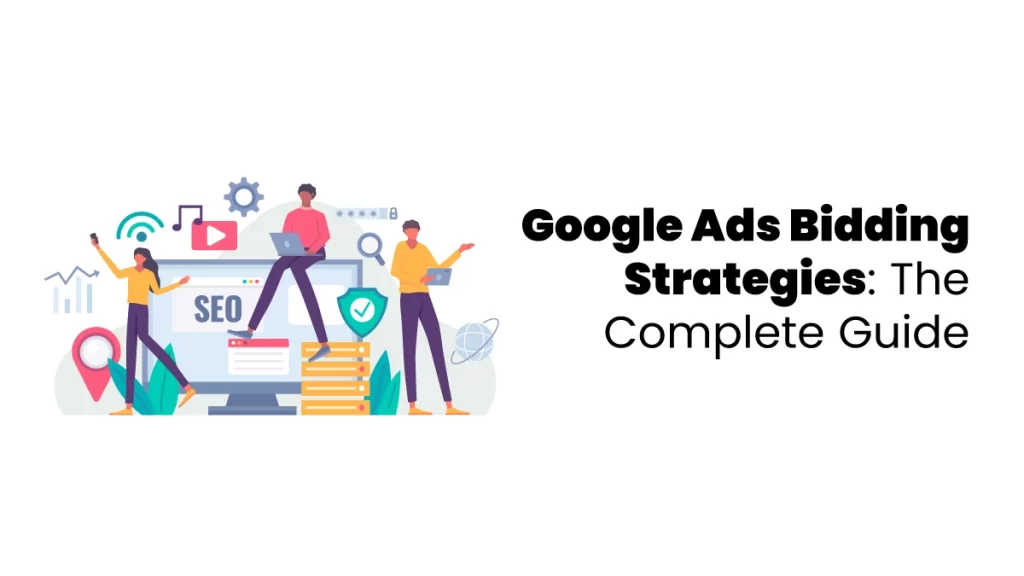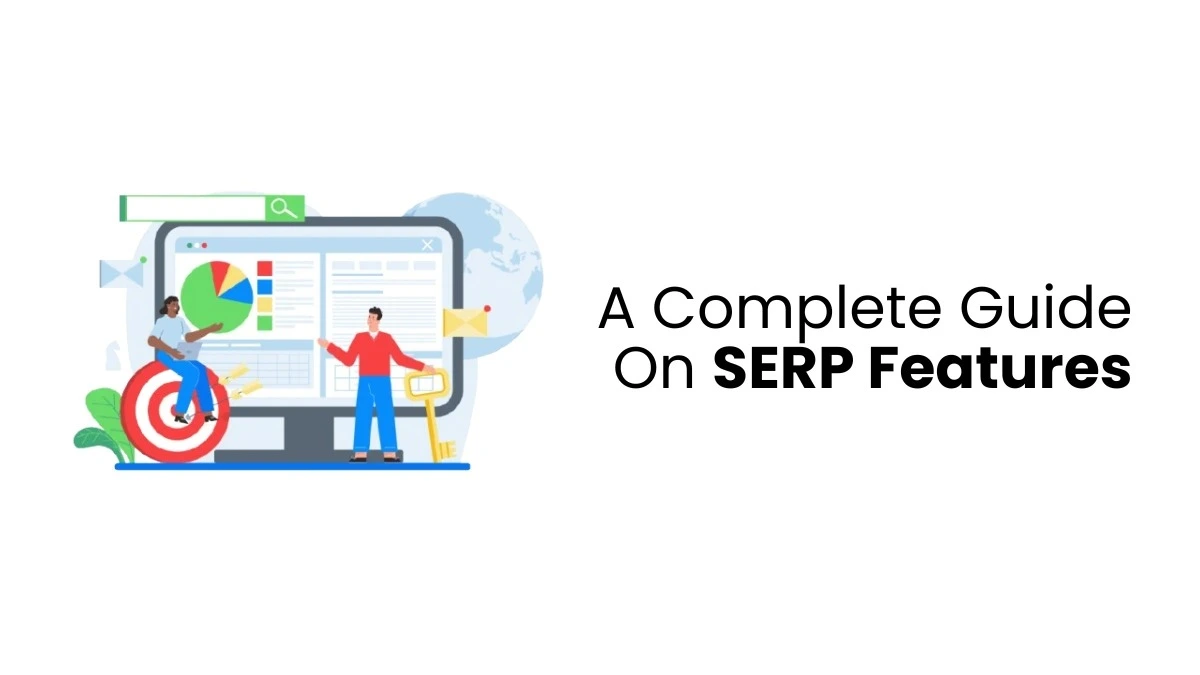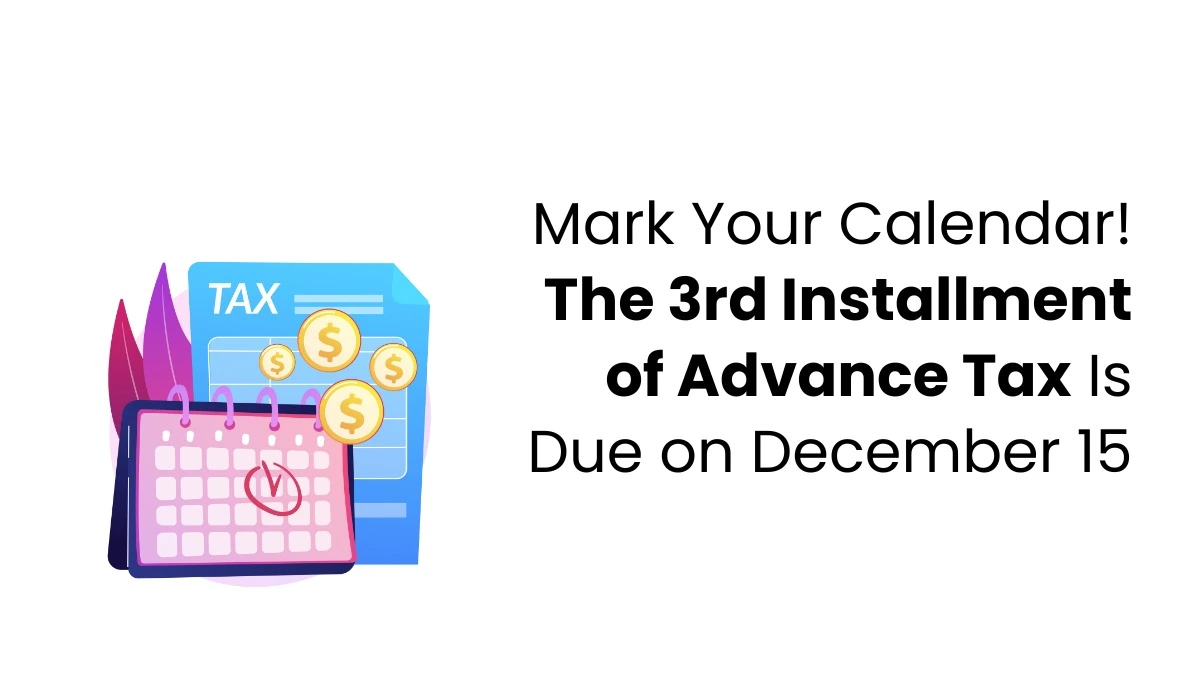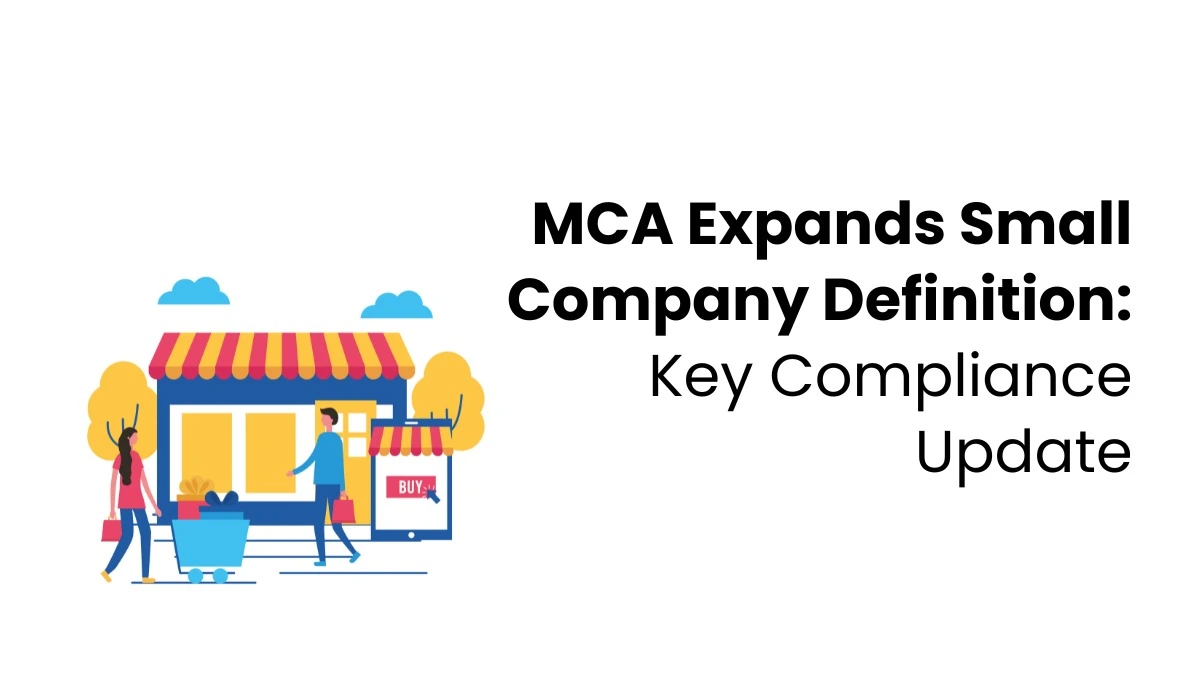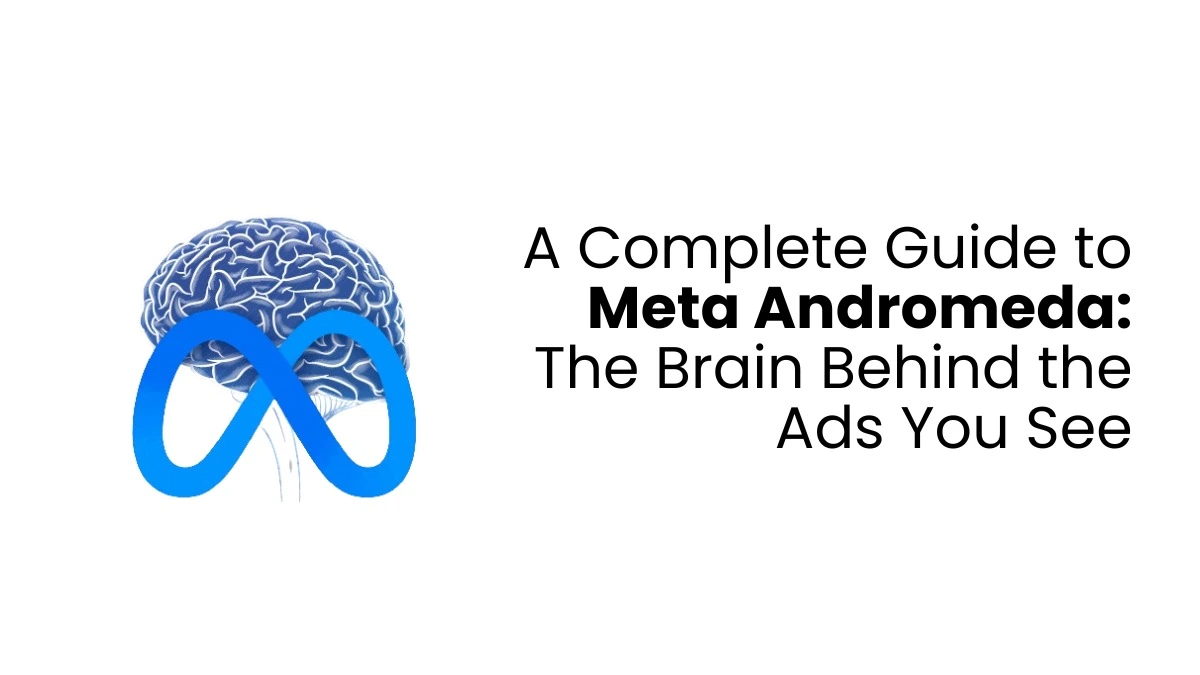Think of Google Ads like a smart auction. It’s not just about throwing the highest bid anymore—it’s about bidding wisely. Today, businesses need to be strategic, using the right data, timing, and tools to grab attention. Thanks to automation, winning visibility is less about outbidding others and more about working smarter.
So how do you bid effectively? It starts with aligning your budget to your goals, aiming to boost conversions, and showing your ads at the right place, at the right time. In this article, we’ll walk you through Google Ads bidding strategies and help you pick the one that best fits your advertising goals.
What is Google Ad Bidding?
Google Ad Bidding is how you tell Google how much you’re ready to pay when someone interacts with your ad—like clicking on it, watching your video, or completing an action on your website. It’s a way of setting a value for the value of that user action to your business.
Behind the scenes, every time someone does a Google search or visits a site that shows Google ads, a mini-auction takes place in a split second. Google decides which ads to show and in what order based on your bid, the relevance of your ad, and the overall quality. So, bidding is just one part of the puzzle—but it plays a significant role in where your ad appears. A skilled Google Ads specialist understands how to optimise these factors to maximise ad performance and achieve better results.
Simple Guide to Google Ads Bidding Types
When you run ads on Google, you have to decide how much you’re ready to pay when someone clicks your ad. This is called bidding. There are 3 main ways to do it:
Manual Bidding – You Do It Yourself
- You choose how much to pay for each ad click.
- You’re fully in control – Google won’t help you.
- But you’ll need to keep checking and adjusting it often.
- Good if you want to learn by doing or have time to manage it daily.
Automated Bidding – Google Helps You
- Google sets the bid amounts for you using its smart systems.
- It tries to get the best results based on your goal.
- Saves time and effort – you don’t have to keep changing bids.
- Good for busy people who want results without too much work.
Smart Bidding – Google Gets Smarter
- This is a more advanced version of automated bidding.
- Google changes the bid at the exact moment your ad is shown.
- It looks at things like device, location, time, and more to get more sales or leads.
- Smart bidding types include: Target cost per action (tCPA), Target return on ad spend (tROAS), Maximise conversions, Maximise value, Enhanced CPC.
- Best for people who want Google to focus on getting more results, not just clicks.
What Determines Your Ad Position in Google Auctions?
Before learning how to set your bids, it helps to know how Google decides which ads to show—and where to place them. Every time someone types a search, Google quickly runs an auction to choose the best ads to show. A good PPC specialist program teaches you these key factors so you can effectively manage and optimise your campaigns. Three things matter the most:
Your Maximum Bid
This is the most money you’re willing to pay when someone clicks on your ad. Higher bids can help, but it’s not the only thing that counts.
Ad Quality (Quality Score)
Google checks how good and useful your ad is. If your ad matches the search well and leads to a helpful page, Google gives it a better score.
Ad Extras (Extensions)
These are things like extra links, your phone number, or location added to your ad. If they are useful and match your ad, they can help you get a better spot.
All three of these decide how high your ad shows up. Even if your bid isn’t the highest, a good ad can still win a top spot.
How Google Ads Bidding Works
Every time someone searches on Google, an instant auction decides which ads to show.
Here’s How It Works:
You Set a Goal:
Clicks, sales, or views — choose what you want.
You Place a Bid:
Tell Google the max you’re willing to pay per click.
Google Runs the Auction:
When someone searches, Google checks:
- Your bid
- Your ad quality
- The searcher’s context (device, location, etc.)
- Any extra info in your ad (like call or site links)
Best Ad Wins – Not Always the Highest Bid:
If your ad is more relevant, you can beat higher bids.
You Only Pay Just Above the Next Best Bid:
Bid ₹50, but the next bidder is at ₹30? You might pay just ₹31.
What Affects Your Google Ad Placement?
Google doesn’t just look at your bid. Several key factors decide if your ad gets shown and where:
- Max CPC: The highest amount you’re willing to pay for a click.
- Quality Score: Measures how relevant and useful your ad is — based on click-through rate, ad content, and landing page experience.
- Ad Rank Thresholds: Your ad must meet Google’s minimum quality standards to be shown at all.
- Competition: Ads with similar ranks compete closely. A wider gap can give the top ad an edge — but may also raise the cost.
- Search Context: Google checks things like the user’s location, device, time, and search terms to show the most relevant ad.
- Ad Assets & Formats: Extra details (like phone numbers or links) can boost visibility. Google predicts how these will affect performance.
In short, a great ad isn’t just about bidding high — it’s about being relevant, helpful, and well-structured.
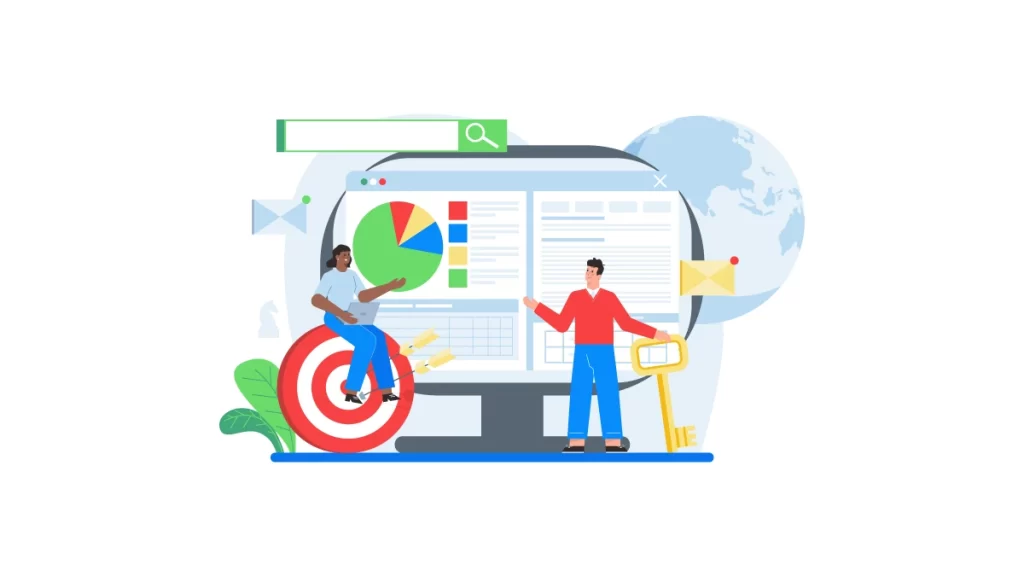
Best Google Ads Bidding Strategies
These days, using the correct bidding strategies in Google Ads is essential to keep your ads performing well. But what exactly are these strategies? Let’s break them down and understand how they work.
Manual CPC Bidding – Full Control Over Your Ad Spend
Manual CPC (Cost-Per-Click) is a basic bidding strategy in Google Ads where you set the maximum amount you’re willing to pay for each click. It gives you total control over your ad budget and lets you decide which keywords or ads deserve more attention. This strategy is ideal for beginners who want to learn the basics or for advertisers who already know which keywords perform best. But remember, this method needs regular attention to avoid overspending or missed opportunities.
| Advantages | Limitations |
| Complete control over every bid | Needs frequent monitoring |
| Easy to understand and use | Time-consuming if many keywords are involved |
| Suitable for known high-performing keywords | No support from Google’s AI |
| Can react quickly to performance changes | Risk of underbidding or overbidding |
Enhanced CPC Bidding (Now Retired)
Enhanced CPC (eCPC) was a bidding option that added a smart layer to manual CPC. It allowed Google to slightly adjust your bids up or down depending on the likelihood of conversion. It used real-time signals like device, location, and time to make those changes, aiming to bring in more valuable clicks. While it offered a nice mix of control and automation, it no longer exists as a separate option. Since March 2025, Google has phased it out — if selected, your campaign now defaults to manual CPC instead.
| Advantages | Limitations |
| Combines manual control with intelligent automation | It can sometimes exceed your max CPC |
| Focuses on users more likely to convert | Needs accurate conversion tracking |
| No need to set CPA or ROAS targets | Not available anymore (retired by Google) |
| Works on both Search and Display Networks | Less valuable if your data is limited |
Cost-per-Thousand Impressions (CPM)
CPM bidding is all about visibility. Instead of paying per click, you pay for every 1,000 times your ad is shown. It’s great for boosting brand awareness, especially if you’re running display or video ads. You don’t need clicks for this strategy to work — just getting seen is the goal. As part of Google Ads bidding strategies, a variation, vCPM, charges only when the ad is viewable to the user.
| Advantages | Limitations |
| Boosts brand visibility | No guarantee of clicks or conversions |
| Great for awareness campaigns | May pay for uninterested viewers |
| Works well for display and video | Not ideal for ROI-focused goals |
Target Cost-per-Action (tCPA)
This automated bidding strategy focuses on conversions. You set a target cost for each desired action (like a sale or signup), and Google adjusts your bids to reach that goal. It’s a strong option for advertisers who want to increase their conversion rate while controlling their average cost per conversion.
| Advantages | Limitations |
| Focuses on conversions and ROI | Needs good conversion tracking |
| Uses real-time bidding data | Not ideal for new or low-traffic campaigns |
| Budget stays focused on high-value leads | Requires historical conversion data |
Target Return on Ad Spend (tROAS)
With tROAS, your goal is to get the best return for your ad spend. You tell Google the revenue you want for every rupee spent, and it adjusts bids in real time to meet that goal. It works best when your conversions have different values — like in eCommerce.
| Advantages | Limitations |
| Maximizes revenue over cost | Needs accurate conversion value tracking |
| Great for stores with varied pricing | Requires at least 15 recent conversions |
| Optimizes each auction smartly | May limit reach to meet ROAS goals |
Maximize Conversions
This fully automated strategy uses your entire daily budget to get as many conversions as possible. It’s a good choice when you want results fast and don’t want to set specific targets for CPA or ROAS.
| Advantages | Limitations |
| Easy setup, fully automated | Can overspend if not monitored |
| Maximizes conversions for your budget | May not meet ROI goals |
| Adapts to user behaviour in real time | Not ideal for fixed CPA or ROAS strategies |
Target Impression Share
This is another one of the Google Ads bidding strategies focused on visibility — ensuring your ad appears at the top of Google Search results. You choose where you want your ad to appear (top of page, absolute top, etc.), and Google adjusts your bids to hit that goal. It’s ideal for boosting brand presence.
| Advantages | Limitations |
| Increases ad visibility | Doesn’t focus on clicks or conversions |
| Great for brand awareness | Can be expensive in competitive markets |
| Helps dominate top ad positions | May waste budget on low-performing traffic |
Maximize Clicks
This bidding strategy is designed to get you as many clicks as possible within your set daily budget. It’s perfect if your goal is to increase traffic rather than conversions.
| Advantages | Limitations |
| Drives high website traffic | May lead to low-quality clicks |
| Automated and easy to use | Less focus on actual conversions |
| Helps reduce average CPC | Not ideal for ROI-based goals |
Cost-per-View (CPV)
Used mainly for video ads, CPV is one of the effective Google Ads strategies where you pay only when someone watches your video (like 30 seconds or more) or interacts with it (like clicking a link or CTA). It’s great for affordable engagement, especially on YouTube.
| Advantages | Limitations |
| You pay only when someone watches | No guarantee of action after the view |
| Perfect for video-based awareness | Not ideal for sales-focused goals |
| Cost-effective for engaging audiences | Skipped ads don’t deliver much value |
Conclusion
In this article, you will understand the basics and advanced sides of Google Ads bidding—what it means, why it matters, and how different strategies work. We broke down each bidding method to help you understand when and how to use them effectively. Learning to choose the right bidding approach can make a big difference in your campaign’s success. At Finprov, we make sure our learners don’t just study these concepts but also know how to apply them in live projects. Our digital marketing training in Calicut is designed to make you job-ready for today’s fast-paced digital world.
FAQs
Q1. What is bidding in Google Ads?
It’s how much you are willing to pay for someone to click your ad.
Q2. What kinds of bidding are there?
You can set bids yourself or let Google decide the best bid for you.
Q3. What is automated bidding?
Google changes your bid automatically to get the best results.
Q4. Can I change my bidding anytime?
Yes, you can change your bidding whenever you want.
Q5. Which bidding is good for beginners?
Automated bidding is easier for beginners.

